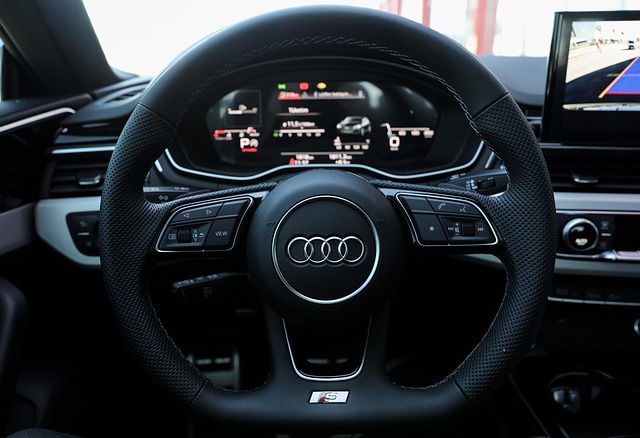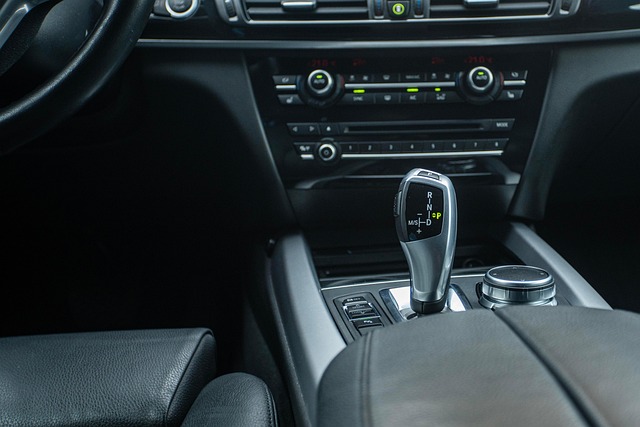Looking to register your car in California? This comprehensive guide breaks down the process step-by-step. From understanding key requirements to navigating the VIN verification process, you’ll learn everything needed for a smooth registration experience. We also cover efficient methods – in-person or online – and ensure you’re aware of all associated fees. Get ready to hit the road legally!
- Understand California Car Registration Requirements
- Gather Necessary Documents for Vehicle Registration
- Perform VIN Verification: Steps and Importance
- Choose an Appropriate Registration Method: In-Person or Online
- Pay Registration Fees and Submit Applications Successfully
Understand California Car Registration Requirements

Before registering your car in California, it’s crucial to understand the state’s specific requirements. One key aspect is ensuring the vehicle’s Vehicle Identification Number (VIN) is verified. This process involves confirming the VIN matches the vehicle’s actual make, model, and year, protecting against fraud and ensuring compliance with California laws.
In addition to VIN verification, you’ll need to meet certain documentation criteria. This includes providing proof of ownership, a valid driver’s license, and current insurance. Some counties in California also require passing an emissions test, so it’s important to check with your local Department of Motor Vehicles (DMV) office for any additional steps. Leveraging services like mobile VIN inspection or a mobile vin verifier can streamline the process by offering convenient and accurate verification right at your location.
Gather Necessary Documents for Vehicle Registration

Before you begin the registration process, it’s crucial to gather all the essential documents required by the California Department of Motor Vehicles (DMV). One critical step is to verify your Vehicle Identification Number (VIN) through a process known as VIN inspection. This can be done using a mobile vin verifier or even by checking the vehicle’s information on the DMV’s website.
During the VIN verification, ensure that the details match those on your registration documents, including proof of ownership, insurance, and any applicable emissions test results. It’s also important to have your driver’s license and current registration (if transferring from another state) handy. With these documents in order, you’ll be well-prepared to navigate the car registration process smoothly.
Perform VIN Verification: Steps and Importance

Performing a VIN (Vehicle Identification Number) verification is a crucial step in the car registration process in California. It’s essential to ensure that the vehicle’s history is clear and accurate, which can protect you from potential issues down the line. This process involves cross-referencing the VIN with various databases to gather information about the car’s past, including ownership history, accident records, and outstanding loans or liens.
To conduct a VIN verification, you’ll typically need to obtain a mobile vin inspection service. These services send a technician to your location to perform the check using specialized equipment. Once complete, the report provides critical insights into the vehicle’s condition, helping you make an informed decision about registering your car in California. It’s a smart step that ensures both peace of mind and compliance with state regulations.
Choose an Appropriate Registration Method: In-Person or Online

When registering your car in California, you have the option to choose between an in-person or online registration method. Both approaches involve several steps and documentation, but each offers a unique experience. For those who prefer convenience and time-saving measures, opting for online registration is ideal. You can initiate the process from the comfort of your home, filling out forms on the California Department of Motor Vehicles (DMV) website. One significant step in both methods is performing a Vehicle Identification Number (VIN) verification to ensure the car’s authenticity and history.
An innovative solution that has gained popularity is using a mobile VIN verifier or inspector. This service allows you to get real-time, accurate results without leaving your location. A professional will remotely inspect your vehicle’s VIN by connecting to its onboard computer system, making the process swift and efficient. Alternatively, some services even offer on-site mobile VIN verification for added convenience.
Pay Registration Fees and Submit Applications Successfully

After ensuring your vehicle meets all California registration requirements, including a successful vehicle inspection and VIN verification, it’s time to pay the registration fees. These fees vary based on factors like the type of vehicle and emissions standards met. You’ll need to submit applications for both registration and title (if applicable) at a California Department of Motor Vehicles (DMV) office or through their online system.
Ensure your application is complete by providing all necessary documents, including proof of insurance, identification, and any additional forms required for your specific situation. The process can be streamlined with the help of mobile VIN verification tools that assist in validating your vehicle’s information quickly and accurately. These services, like a mobile VIN inspector, can save time and effort, making it easier to navigate the registration process successfully.
Registering a car in California involves understanding key requirements, gathering essential documents, and completing crucial steps like VIN verification. By following the outlined process—from preparing necessary paperwork to choosing between in-person or online registration—you can ensure a smooth and successful vehicle registration experience. Remember, proper documentation and adherence to state guidelines are vital for a seamless car registration process.
